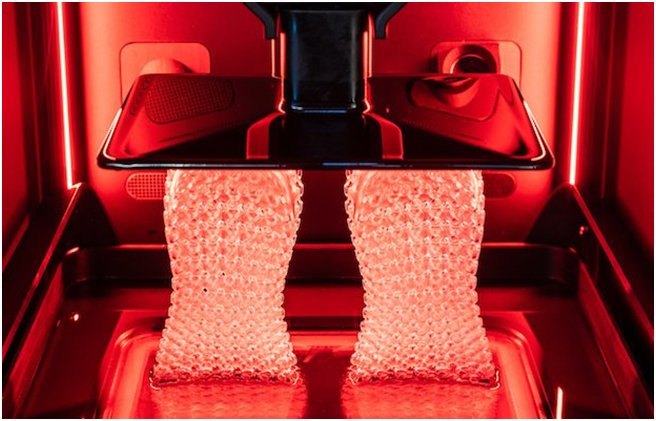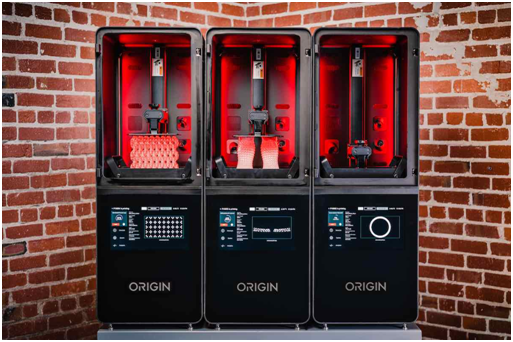
Charles Goulding Jr. takes a look at the fast-approaching mass production future for additive manufacturing.
One of the pioneers of 3D printing is now making a foray into mass production.
In the early days of 3D printing, Stratasys competed head-on with 3D Systems, whose founder, Charles Hull, is often credited with the invention of the modern 3D printer.
Then, in the early 2010s, Stratasys bought MakerBot, the desktop 3D printer specialist. If Stratasys hoped the move would make it the undisputed industry leader, it was partially mistaken. The move did further establish it as one of the premier 3D printing firms, but soon to follow were a host of new competitive companies. The result has been a highly competitive mosaic of firms competing tooth-and-nail for market share.
Now Stratasys has made another move, once again with high hopes of industry leadership. The objective? Perhaps the holy grail of 3D printing: successful mass production. In particular, Stratasys has its sights set on the fast-growing parts production segment, believed to be the lowest hanging fruit.
This time, the firm has acquired Origin, a San Francisco startup with a strong line of Origin One 3D printers and well-reputed Programmable Photopolymerization (P3) technology to control light, temperature, and other conditions.
Origin may be the ideal partner for the endeavor. In contrast to a proprietary resin, Origin’s open source materials platform uses a variety of materials, including from Henkel and BASF. This approach suggests Stratasys is banking on flexibility and collaboration as keys to mass production.

Apple Versus Android, Redux
Without proprietary resins, customers can source materials from a menu of competing vendors. That could lead to cheaper parts, a necessity if mass production is to be profitable at scale.
The open source versus closed debate is a familiar one within the tech sector. Years ago, Apple and Google/Android each staked out different paths, with Apple going the closed universe route and Android embracing open-source development.
The trade-offs were clear: Apple’s closed-loop system afforded incredible levels of quality control, leading to products that were beautiful, well-integrated, and free from external viruses.
Androids, on the other hand, benefitted from a large roster of developers, and from competitive pressures between market participants. Consequently, quality, next-gen android phones can cost as little as $150.
By going with open source materials, Stratasys (and Stratasys customers) hopes to create a cost-effective, competitive markets place similar to other open source platforms.
Significant Promise
In an October 2019 article, the Financial Times discussed what mass production within 3D printing could look like, and what it could mean. The article speculates that stores may soon exist within cities and towns that can produce custom parts quickly and efficiently, from replacement refrigerator handles to bespoke bicycle seats.
The article concludes with the thought that not only might 3D printing be close to achieving mass levels of production, it may also transform the very nature of mass production itself:
“Irene Petrick, senior director of industrial innovation at Intel, says that manufacturers’ ability to produce one-offs or small batches of custom items more easily will upend current mass production — a shift not seen since the industrial revolution.”
Even if that transformation does not happen, both the industrial and consumer spaces could see major change. Large-scale production of sneaker soles, car and aerospace parts, clothing, and many other product lines could all feasibly be done by mass printing. If so, such parts can be produced faster and with less need for lengthy, high-emissions supply chains.
Conclusion
As the history of 3D printing has shown thus far, it is exceedingly difficult to build and maintain industry leadership. That makes sense for a technology as profoundly democratizing as 3D printing. Nonetheless, if there is a role to be played for a new leader in the mass production of printed parts, Stratasys has placed a big, intelligent bet on becoming that company.
